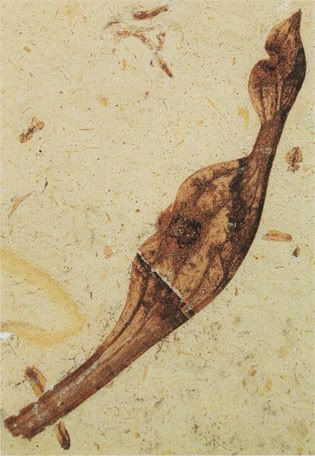iklan 2
Venus Flytrap Facts and Information
Venus Flytrap Facts and Information- Dionaea muscipula is Latin name carnivorous plants are awesome. At the first period, the earth was ruled predatory plants like this for thousands of years.
These are air plants that mysterious high intelligence.
 |
| Venus Flytrap Facts and Information |
Venus Flytrap began to be studied in the 17th and 18th centuries if translated literally means the Venus Flytrap Venus Trappers Insect, capable enough to excite the imagination as this plant will move to catch a fly, what if this plant lives on the pre-history and is captured reptiles ? No way. His ancestors are family Drosera.
 |
| Venus Fly trap Facts and Information |
Archaeamphora longicervia
Around the world, in both places just above the current population into place.
Origin of Names Venus Flytrap
We all know there is a saying "the Men Are From Mars, the Women Are From Venus". The Women at that time is often described as a teaser, too greedy for power .And botanists when it seems to find parallels between trap crop (which capture and digest insects) and certain aspects of the female anatomy. So they named this plant the name of the goddess Venus, the Goddess of Love and Money. No doubt this plant glimpse shaped like a woman's genitals.
The red color on the leaves are quite tempting animal animals such as spider, grasshopper, ants and flies to perch and touch sensors hair smooth hair scattered over the leaf surface. When the hair is touched twice sensor or near the ends increases, the sensor activates the reflex leaves and closes quickly.
Why Eating Insects?
If other plants can be grown in a gas in the air plus water from the ground, why Venus Flytraps eat insects? The plants get nutrients as do many other plants through the process of the photosynthesis. During thr photosynthesis, the plants use solar energy to drive the reactions that convert carbon dioxide and water to get the sugar and oxygen. The resulting sugar is then converted into energy in the form of ATP (Adenosine Triphospate - storing energy source for the body's cells), through the same process that is used by our body to process carbohydrates.
However, in addition to glucose synthesis, plants also need to make amino acids, vitamins and other components of the cells to survive. To achieve this, plants need additional nutrients such as:
Nitrogen - to make nucleic acids , next the amino acids, proteins
Phosphorus - as part of the energy-carrying molecule ATP
Magnesium - as a lot of factors that help support the function of the enzyme
Sulfur - to make a bit of an amino acid
Calcium - as contributing factors to make enzymes and plant cell wall
Potassium - to regulate the movement of water into and out of the plant
The type of soil that is always covered by the Venus Flytrap is soil that is acidic, rare minerals and other nutrients. Most plants can not survive in this environment because they can not make enough cells are necessary for growth. This plant has the unique ability to look for alternative means to obtain essential nutrients such as nitrogen. Living things such as insects provide a good source of nutrients lost from the soil, and they also contain carbohydrates in addition to energy.
Dual Function Automatic
When an insect trapped in the leaves, then the acid will soon meet to process the leaf base making the necessary, well what if only a small twig that happen to fall into the trap? apparently leaves will not process it. In 12 hours the leaves will re-open and let the twig in the wind. However, if a grasshopper trapped it may take 5 to 6 days to process. Unique is not it? Venus Flytrap has two rare skill of other plants, namely the ability to tasted (for sorting) the results of the trap and the ability to automatically move the leaves.
The Allocation Design Leaves and Diet Menu
When viewed in more detail once it appears that the grate bars of the second leaf is somewhat tenuous, why? This plant has the size criteria for food.

Insects that are left are too small to escape easily because it has a very small insect would not meet the nutrition she needed. Does it think? Of course not.
Most flesh eating plants specifically eat particular prey. This determination is because of the accessible prey and the sort of trap utilized by the organic entity. With the Venus Flytrap, prey is constrained to scarabs, insects and anthropods. Actually, the Dionaea eating regimen is 33% ants, 30% insects, 10% creepy crawlies, and 10% grasshoppers, with less than 5% of flying bugs. Given that Dionaea advanced from a genealogical manifestation of Drosera (meat eating plants that utilize a sticky trap rather than a snap trap) the purpose behind this evolutionary stretching Becomes clear. Whilst Drosera expend more diminutive, airborne bugs, physical Dionaea devour bigger bugs. From Reviews These bigger bugs, Dionaea can separate more supplements. This gives Dionaea an evolutionary point of interest over Reviews their lineal sticky trap structure. Like most different plants, Venus Flytrap additionally has blossoms and seeds for recovery.
iklan 3
0 Response to "Venus Flytrap Facts and Information"
Post a Comment